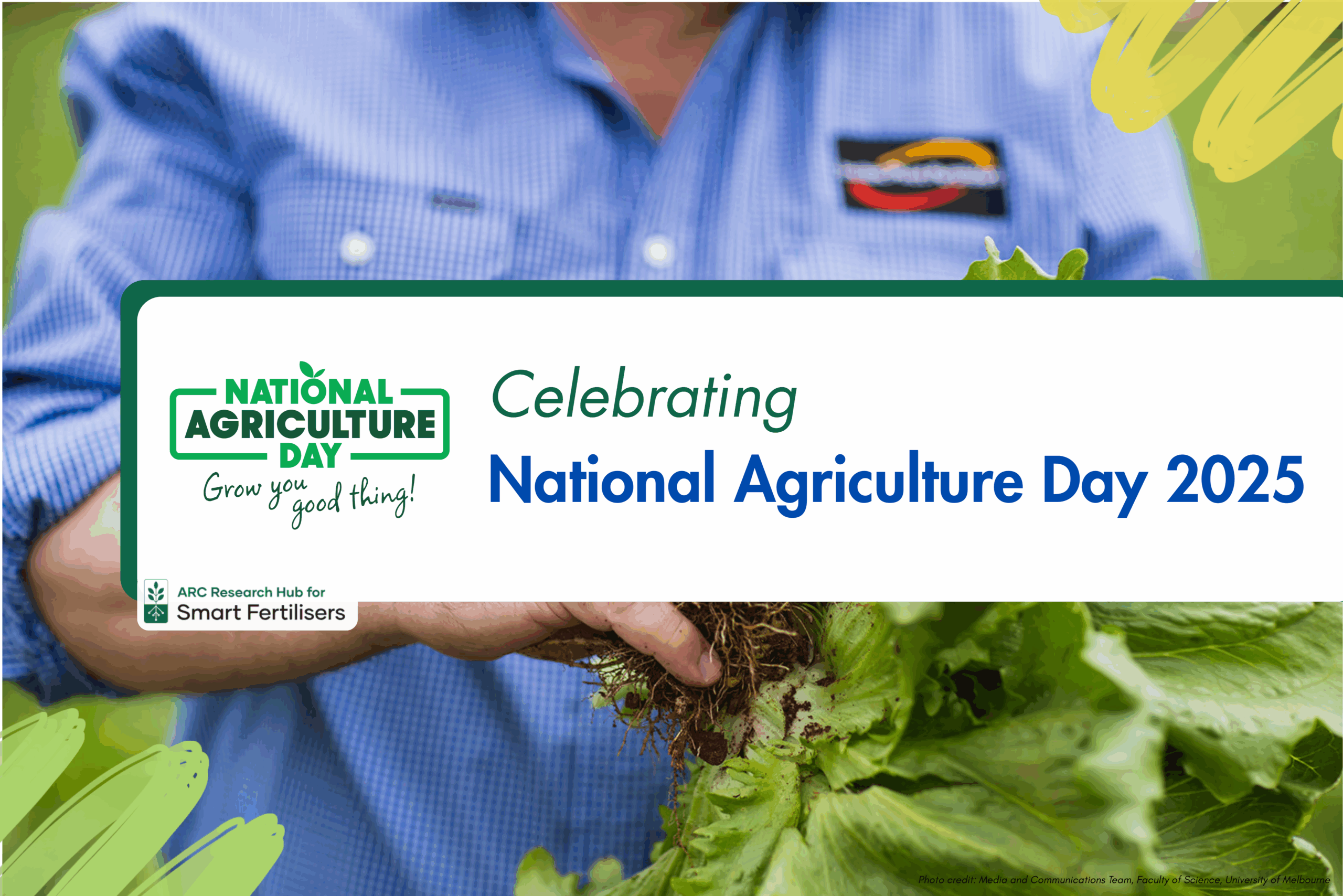International Day of Awareness on Food Loss and Waste Reduction
International Day of Awareness of Food Loss and Waste
“Globally, around 13.2 percent of food produced is lost between harvest and retail, while an estimated 19 percent of total global food production is wasted in households.” – United Nations (1)
As a Smart Fertiliser Hub we focus on reducing pollution through optimising fertiliser use and creating new fertilisers that will release nitrogen (N) fertiliser at optimal times for the crop.
However, it cannot be ignored that if food loss and waste were reduced by using all food that was grown, then the burden of fertiliser cost and environmental impact would also be reduced. More people could avoid food insecurity if the food that is currently grown was distributed evenly and effectively prepared for consumption.
Food waste unfortunately has been increasing over the last 20 years, and high-income countries are wasting more than low-income countries but often low-income countries are shouldering the burden through inefficient exporting, transport, storage and water use practices. Food waste is a compounding factor in water over-use, when water is used to grow excess and wasted food (2).
As a net food exporter, Australia is losing 36.6 billion dollars through food waste annually (3). The farm and household sectors of the supply chain are the largest food waste contributors, but it occurs right across the food supply system. it is estimated that 25 million hectares of farms used to generate food is wasted in Australia annually (3). The amount of fertiliser that is used per hectare in Australia depends on the crop but can be anywhere from 10-100 kg per hectare. With an average of 45 kg of N fertiliser per hectare in the grains industry, this equates to billions of kilograms of fertiliser lost annually (4). The costs are carried by the farmers and every other step along the supply chain down to consumers. Alarmingly, the loss leads to unnecessary environmental damage from fertiliser runoff (e.g. water pollution, greenhouse gas emissions) with no food benefit (2).
To look at ways you can reduce your food waste have a look at these suggestions from Sustainability Victoria (5).
To get involved in the bigger picture, you may like to contact your local parliamentarian and lobby for a more efficient food production systems, volunteer for a food redistribution service such as Second Bite or Oz Harvest, and collaborate with food companies to implement strategies like better storage, transport and market opportunities.
- United Nations, https://www.un.org/en/observances/end-food-waste-day
- Gatto, A., Chepeliev, M. Global food loss and waste estimates show increasing nutritional and environmental pressures. Nat Food 5, 136–147 (2024). https://doi.org/10.1038/s43016-023-00915-6
- Australian Government, Department of Climate Change, Energy, the Environment and Water, https://www.dcceew.gov.au/environment/protection/waste/food-waste
- Angus J. F., Grace P. R. (2017) Nitrogen balance in Australia and nitrogen use efficiency on Australian farms. Soil Research 55, 435-450. https://doi.org/10.1071/SR16325
- Sustainability Victoria, https://www.sustainability.vic.gov.au/recycling-and-reducing-waste-at-home/avoid-waste/food-waste




